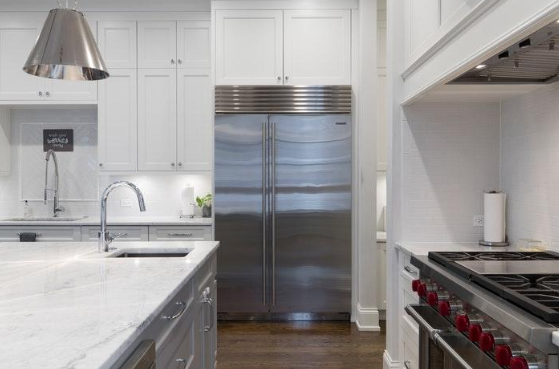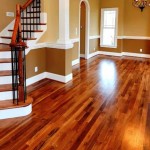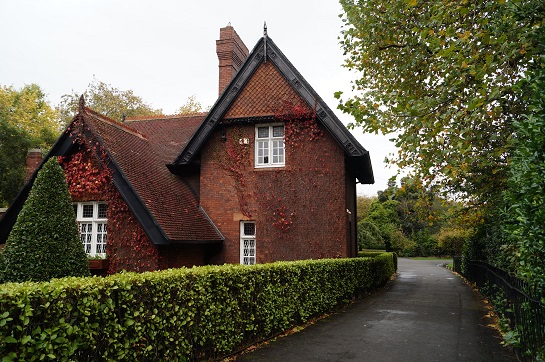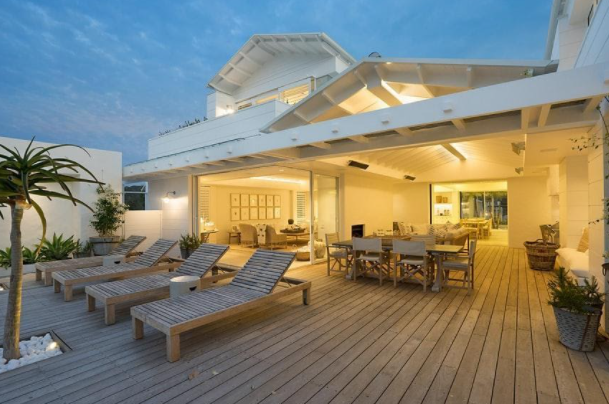In the realm of residential and commercial building, the imperative of soundproofing cannot be overstated, particularly when it concerns flooring. This guide embarks on an exploratory journey through the intricacies of floor soundproofing, illuminating the foundational principles that govern this domain. Soundproofing, at its core, is an acoustic science aimed at mitigating the transmission of sound waves through various materials. Its relevance extends beyond mere auditory comfort, impacting aspects such as privacy, property value, and overall quality of life. A nuanced understanding of soundproofing involves delving into concepts like sound transmission class (STC) and impact insulation class (IIC), crucial metrics that quantify the sound-blocking capabilities of different flooring materials.
Soundproofing Hardwood Floors: Techniques and Materials
Hardwood floors, while aesthetically pleasing and durable, pose significant challenges in soundproofing. The dense nature of wood can efficiently transmit sound waves, especially impact noise. Addressing this requires a multifaceted approach. Firstly, the installation of a high-quality underlayment is critical; materials like cork or rubber can dramatically reduce sound transmission. Additionally, interlayer materials such as acoustic mats or membranes play a pivotal role. These layers act as a buffer, absorbing and dissipating sound energy. The application of damping compounds is another technique, serving to decouple the floor from its structural base, thus inhibiting the transfer of vibrational energy.
Tackling Noise in Tile Flooring: Effective Soundproofing Strategies
Tile flooring, prevalent in areas like kitchens and bathrooms, is notoriously challenging to soundproof due to its rigid and reflective surface. Effective strategies involve addressing both the underlayment and the adhesive used. A sound-damping underlayment, such as a dense rubber mat, can significantly reduce the transmission of impact noise. Moreover, the use of flexible, acoustic adhesives adds an additional layer of sound dampening. These adhesives create a flexible bond between the tile and the subfloor, which helps to absorb and reduce sound transmission. The incorporation of decoupling techniques, such as using sound isolation clips or mats, further enhances the soundproofing efficacy by creating a floating floor effect.
Carpeting Solutions: Enhancing Sound Absorption
Carpeting is inherently superior in sound absorption compared to hard surfaces. Its fibrous material and padding naturally absorb sound, making it an excellent choice for soundproofing. The effectiveness of carpeting in soundproofing is significantly influenced by the density and thickness of both the carpet and the padding beneath. A denser and thicker pad will absorb more sound, especially low-frequency noises. Additionally, the installation process plays a crucial role. Ensuring a wall-to-wall fit and avoiding gaps can prevent sound leaks, enhancing the overall soundproofing performance.
Soundproofing Laminate Flooring: A Step-by-Step Guide
Laminate flooring, a popular choice due to its cost-effectiveness and aesthetic appeal, requires specific soundproofing considerations. The first step involves selecting a high-quality acoustic underlay, which can be made from materials like foam or felt. This underlay not only dampens sound but also provides a level and stable base for the laminate. The second step is to consider the use of acoustic sealants around the perimeter of the room. These sealants prevent sound from escaping through gaps and ensure a more airtight installation. Lastly, the quality of the laminate itself matters; thicker laminates tend to offer better sound insulation.
The Role of Subflooring in Soundproofing
The subfloor plays a pivotal role in the overall soundproofing of a floor. A poorly constructed or damaged subfloor can significantly undermine soundproofing efforts. Ensuring a solid, stable, and level subfloor is the first step in any soundproofing endeavor. Materials such as oriented strand board (OSB) or plywood are commonly used for subfloors and can be enhanced with sound-damping compounds or mats. Additionally, the method of attachment to the joists (screws vs. nails), and the use of joist isolators or damping compounds, can have a substantial impact on the sound transmission characteristics of the floor.
Future Trends in Flooring Soundproofing Technologies
The future of floor soundproofing is marked by innovative technologies and materials. Advancements in nanotechnology and material science are paving the way for thinner, more efficient soundproofing solutions. The development of smart materials that can adapt their acoustic properties based on environmental factors holds promising potential. Moreover, the integration of sustainable and eco-friendly materials in soundproofing aligns with the growing trend towards green building practices. The exploration of these new frontiers in floor soundproofing is not only exciting but essential in the quest for quieter and more peaceful living and working environments.










